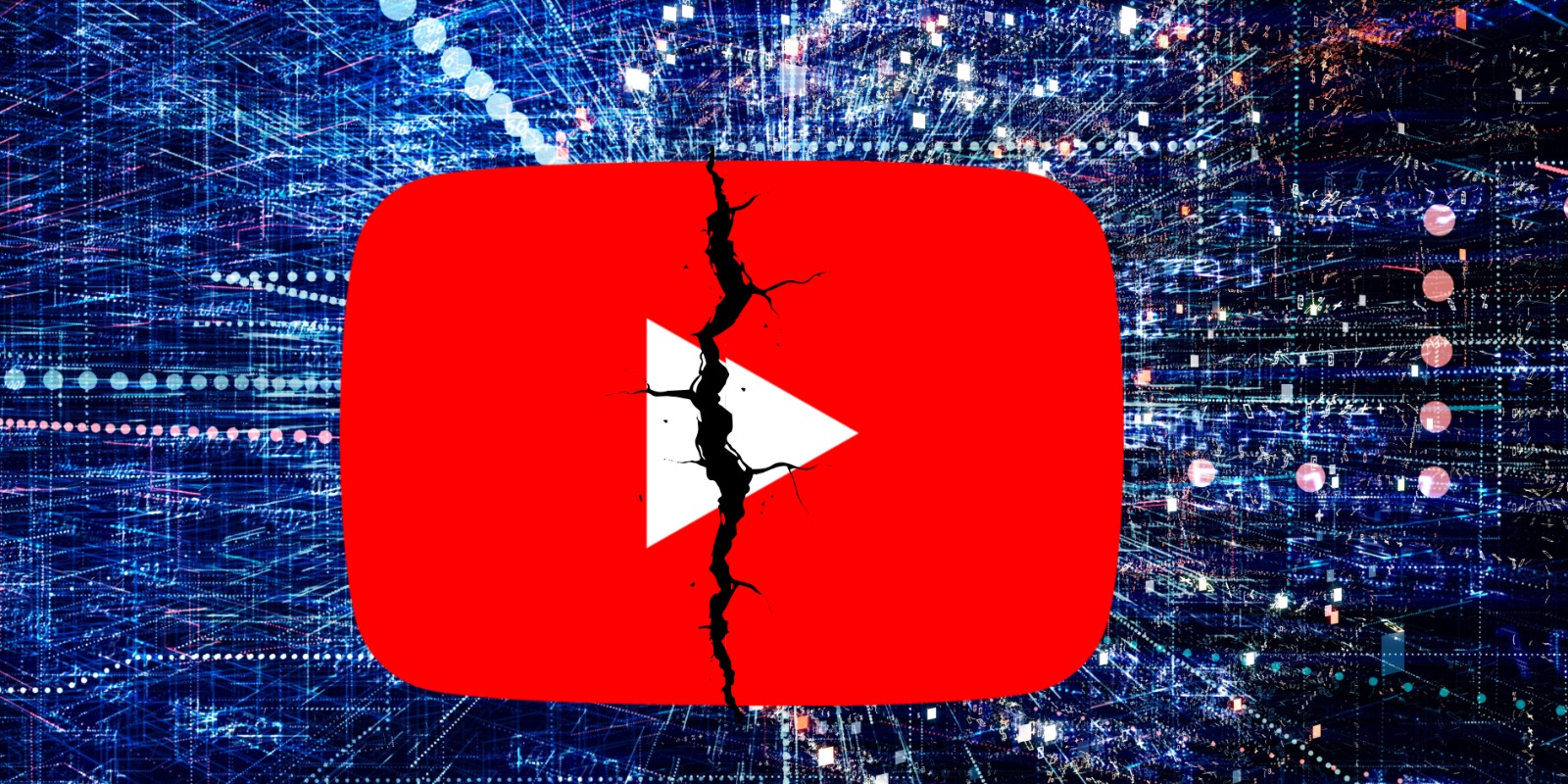One moment you’re browsing funny clips or tutorials, the next: blank screen, “error,” or videos that simply won’t load. That’s what millions of YouTube users experienced during a recent global outage. Social media lit up with confusion, memes, and status checks like “YouTube down?” While the service has been restored, this event reminds us how much we depend on one platform—and how fragile that chain can be. In this blog, I’ll walk you through what happened, how users reacted, the impact, and what we can learn from it.
What Happened: The Outage in Detail
- On October 15, 2025, YouTube, YouTube Music, and YouTube TV all saw widespread disruptions.
- At the peak, over 366,000 users in the U.S. reported issues via outage tracker Downdetector.
- Users in multiple countries the UK, Canada, and Australia, also saw problems watching videos, logging in, or streaming music.
- YouTube acknowledged the disruption on X (formerly Twitter) and said the issue was resolved, though it did not publicly share the root cause.
How Users Reacted (And How It Spread)
- Many users first thought their internet was broken. They switched Wi-Fi, restarted devices, or tried other apps—only to realize others had the same issue.
- Social media exploded with #YouTubeDown posts, complaints, jokes, and memes.
- Memes often joked that users rushed to Twitter or X to see if YouTube was down for others.
- Some blamed their ISP or local network before realizing the outage was global.
Why It Matters: The Impact of a YouTube Outage
- Disruption of Daily Life
Many people use YouTube not just for entertainment, but for tutorials, learning, news, music, and work. When it goes down, it affects routines. - Revenue & Ads
Creators earn money through ads. A long outage means lost ad views and lost revenue—especially for creators who depend heavily on daily viewership. - Trust & Dependence
Outages like this remind users how fragile our reliance is on platforms. The more we depend on one service for so many needs, the bigger the fallout when it fails. - Memes & Culture
These outages often generate a wave of creative reactions—memes, jokes, status updates. In a way, outages become part of internet culture. - Technical Risks & Resilience
The outage shows that even the giant platforms are vulnerable. It raises questions about redundancy, backup systems, and how quickly a platform can recover.
What Users Can Do When YouTube Is Down
If it happens again, here are smart steps:
- Confirm if YouTube is truly down via sites like Downdetector or status dashboards.
- Try switching networks (Wi-Fi → mobile data) or devices.
- Clear your cache/cookies, or restart the app.
- Be patient—large platforms often recover in minutes to a few hours.
- Use alternate sources (other video platforms, local backups) if you rely on content.
Websites or apps you use frequently could also keep backup versions (e.g., downloaded videos) for a critical need.
Possible Causes & What We Don’t Know
The exact cause wasn’t made public. Some possible culprits:
- Server or infrastructure failures
- Network routing or domain name system (DNS) issues
- Software bugs are deployed in updates
- Overload or cascading failures due to high traffic
Because YouTube didn’t disclose the root cause, we can only speculate. But given its scale, even small misconfigurations can cause wide problems.
Recovery & Status
YouTube fixed the outage and restored service across its platforms.
Users reported normal access again for videos, music, and TV.
For many, the disruption lasted tens of minutes to a few hours, but the memory lingers.
Conclusion
When YouTube goes down, it’s more than just missing funny videos—it’s a reminder of how much of our digital life is tied to a single platform. The recent outage showed us how users react, how disruption spreads, and how vital resilience is. As users, creators, and developers, we should prepare: diversify, build backups, and remember that platforms—no matter how big—are not infallible.






































